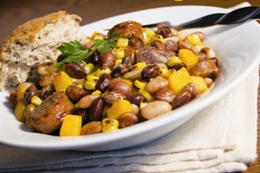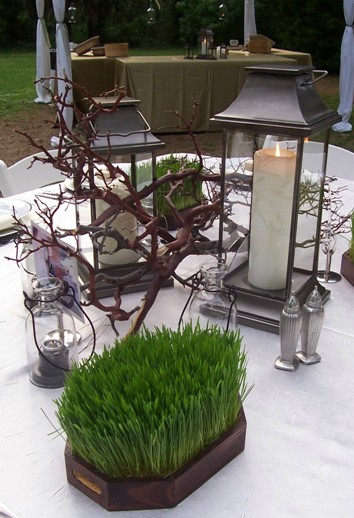By Jeff Bricker, CEC, M.Ad.Ed., Ivy Tech Community College
 Collaboration is the ticket to successful short-term study-abroad trips.
Collaboration is the ticket to successful short-term study-abroad trips.
What happens when a group of Midwestern culinary/pastry students (some of whom have never left their home state) travel to Europe for a two-week study-abroad experience?
Does this sound like a lead-in to a television reality show? Well, this scenario is real, all right, and the results can sometimes be as interesting as popular television reality shows! But great things really happen every summer when a group of culinary/pastry students and faculty chaperones from Ivy Tech Community College in Indiana continue a 20-year tradition of international travel that takes them to France, Italy, Germany or Spain.
The short-term study-abroad trips are a real immersion in the cuisine and culture of the European regions and are loaded with daily excursions to fresh-food markets, vineyards, cheese producers, oyster farmers and many of the artisan food crafters that make the international culinary experience come alive to the students. Also included are classes in the culinary schools of the regions that add an academic element to the international experience. Daily excursions enhance the educational experience with visits to important historical sites that add to students’ cultural awareness, as well.

 These mini- and full-lab exercises will help you teach legumes effectively.
These mini- and full-lab exercises will help you teach legumes effectively. Many clients are now choosing to spend their dollars in ways that will have a positive impact on the environment.
Many clients are now choosing to spend their dollars in ways that will have a positive impact on the environment. Collaboration is the ticket to successful short-term study-abroad trips.
Collaboration is the ticket to successful short-term study-abroad trips.